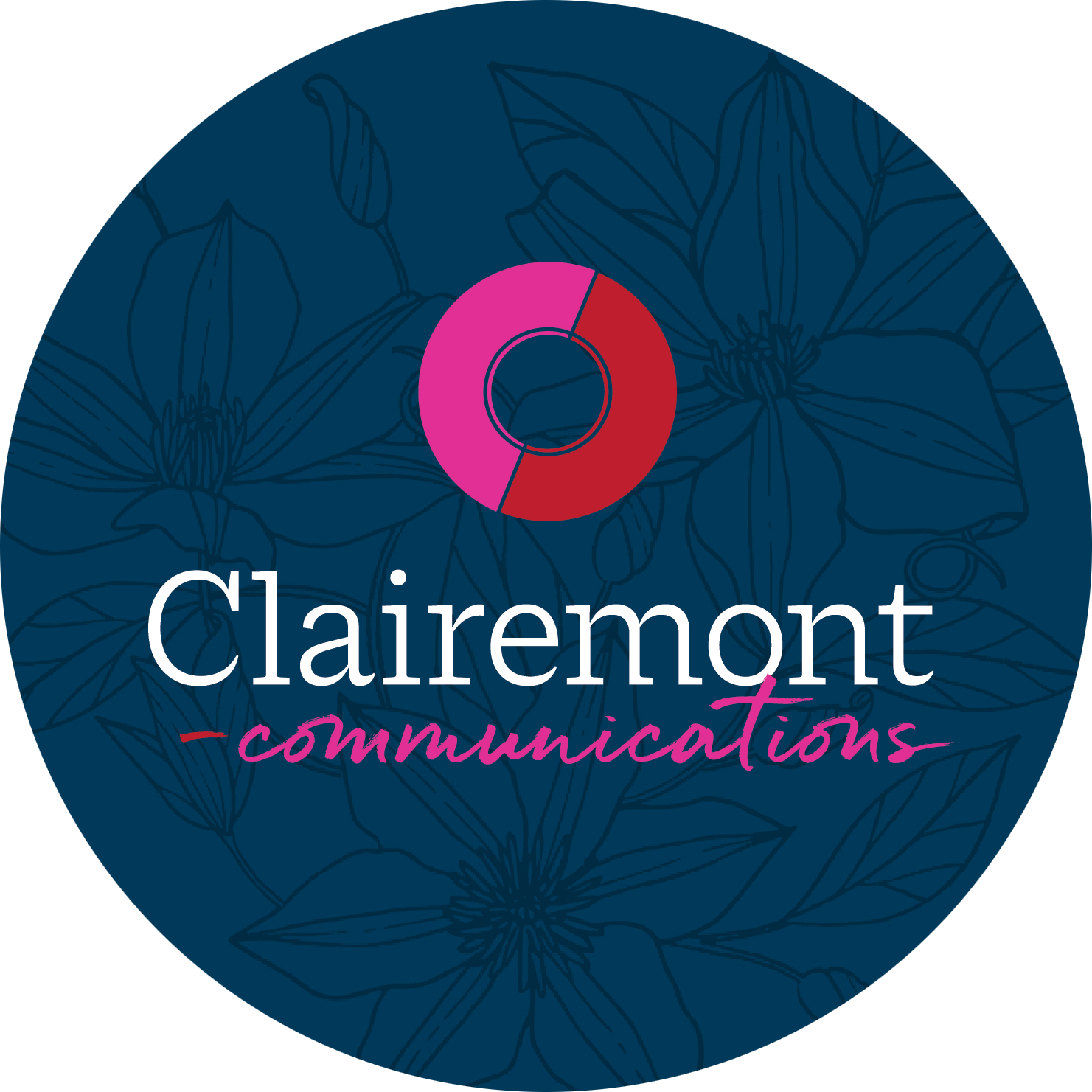You’re scrolling through your Facebook feed when you click on a video that piqued your interest. You’re about 20 seconds in when the video stops and forces you to watch an advertisement.
Maybe you’re annoyed. After all, you didn’t think Facebook required pre-roll ads like Youtube, and you especially didn’t anticipate getting hooked on the video’s content only to have it spliced by an advertisement.
Despite the company’s promises to keep its feeds free of pre-roll ads, Facebook started testing mid-roll video ads earlier this year, and the reaction to them is still to be determined.
How It Works
Facebook has started rolling out mid ads as a test to establish themselves as a competitor to Youtube. This comes in hopes of bringing in more profits and more incentives for video advertising, especially to companies like Buzzfeed who have had complaints with Facebook video ads in the past.

Videos with mid-roll ads have to be at least 90 seconds long, and ads kick in only after the user has watched the video for a minimum of 20 seconds. The ads can only be up to 15 seconds long, and users can see how much longer the ad will last with a countdown.
Facebook has changed its “video view” definition, which formerly included views of just a minimum of three seconds. Since this minimum exaggerated the number of viewers actually watching the content, the new definition focuses on producing content relevant to Facebook users.
Stepping Up the Ad Game
Video advertising just got more interesting (and profitable) for ad publishers, who will glean 55 percent of the revenue from ads. More money could mean more problems, though, especially because advertisers will now need to create content at least somewhat relevant to the viewer’s intentions. Since the goal is to keep viewers watching the ad and video in full, publishers must be careful not to alienate users — meaning advertising has to get a little more intentional.

As PR Daily mentions, the question will be whether or not content creators can pull this off before viewers dismiss the ad with a scroll. Some media analysts have high hopes for the new Facebook tests, since Facebook is sending the message that engagement should be advertisers’ top priority, rather than clicks.
The verdict is still out on the results of mid-roll ads, but it might be an idea that gives pause to advertisers and users alike! But don’t stop there; check out our other tips on maximizing Facebook features.


